-
Hubble captures ‘candyfloss’ clouds | Space photo of the day for May 13, 2025
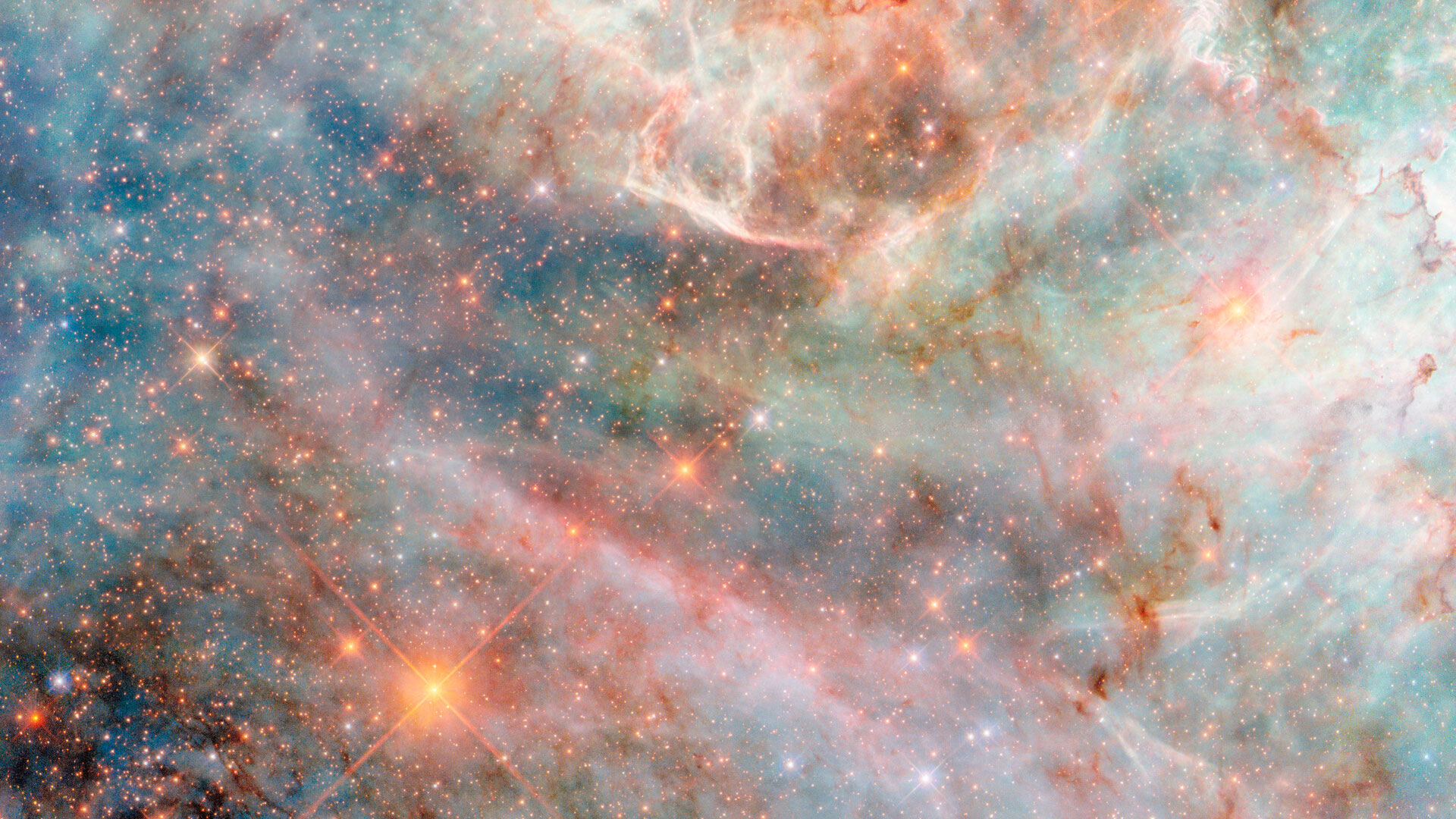
A sparkling cloudscape is revealed by the Hubble Space Telescope, which used its instruments to capture multiple wavelengths when pointed at a dwarf galaxy, the Large Magellanic Cloud. (Image credit: ESA/Hubble & NASA, C. Murray) What might look like sparkling wisps of candy floss, or cotton candy, are dusty gas clouds in the Large Magellanic…
-
Modern-day alchemy! Scientists turn lead into gold at the Large Hadron Collider

For centuries, alchemists dreamed of turning lead into gold — not through magic, but by unlocking the hidden potential within metals themselves. While their methods never panned out, those of modern science finally have. Researchers at the Large Hadron Collider (LHC) — the world’s largest and highest-energy particle accelerator — have observed a real-life transmutation…
-
NASA turns the screams of a dying star into music
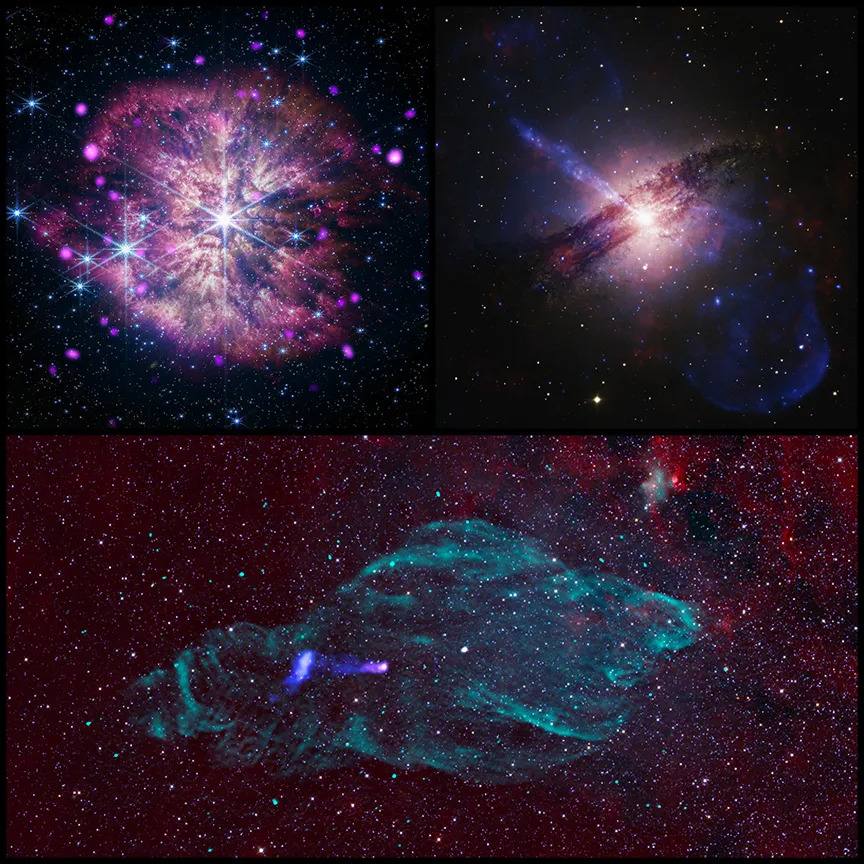
Scientists have transformed new data from space telescopes into cosmic soundscapes, turning the mysterious activity around black holes into a symphony of the universe. These auditory representations, or sonifications, were created using data from NASA’s Chandra X-ray Observatory, James Webb Space Telescope and Imaging X-ray Polarimetry Explorer (IXPE). By assigning musical notes to various data…
-
‘Marsquakes’ reveal clues about a hidden body of water on Mars
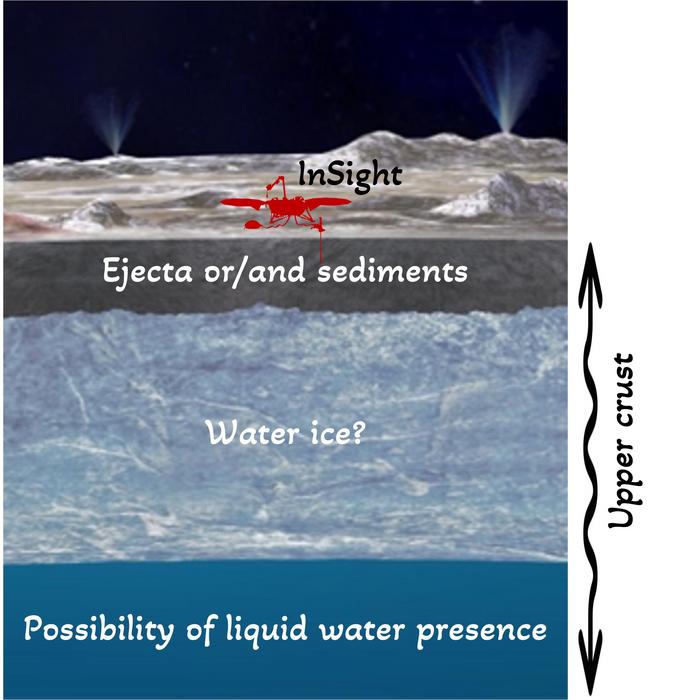
Scientists have found seismic clues that suggest liquid water may be hiding beneath Mars’ surface. By listening to the echoes of “marsquakes” — seismic waves rippling through Mars’ crust — researchers uncovered signs of water lingering at the base of the planet’s upper crust, which sits between 3.4 and 5 miles (5.4 and 8 kilometers)…
-
‘Marsquakes’ reveal clues about a hidden body of water on Mars
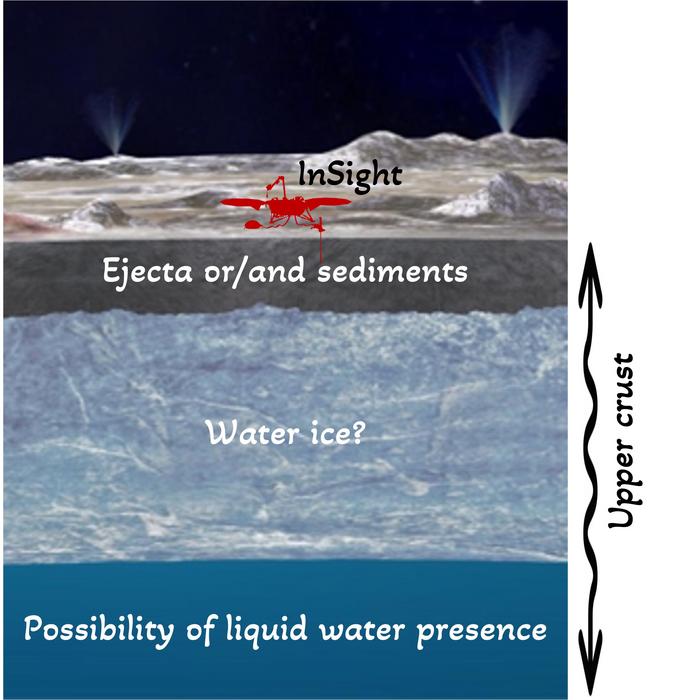
Scientists have found seismic clues that suggest liquid water may be hiding beneath Mars’ surface. By listening to the echoes of “marsquakes” — seismic waves rippling through Mars’ crust — researchers uncovered signs of water lingering at the base of the planet’s upper crust, which sits between 3.4 and 5 miles (5.4 and 8 kilometers)…
-
Vertical view of a very large telescope | Space photo of the day for May 12, 2025

ESO’s Extremely Large Telescope at Cerro Armazones in Chile’s Atacama Desert is seen from directly above while its construction continues. (Image credit: ESO/G / Vecchia) The European Southern Observatory (ESO)’s Extremely Large Telescope is seen taking shape in this May 1 , 2025 photo captured directly above the construction site. What is it? Construction on…
-
JWST watches auroras on Jupiter glow hundreds of times brighter than those on Earth (video)
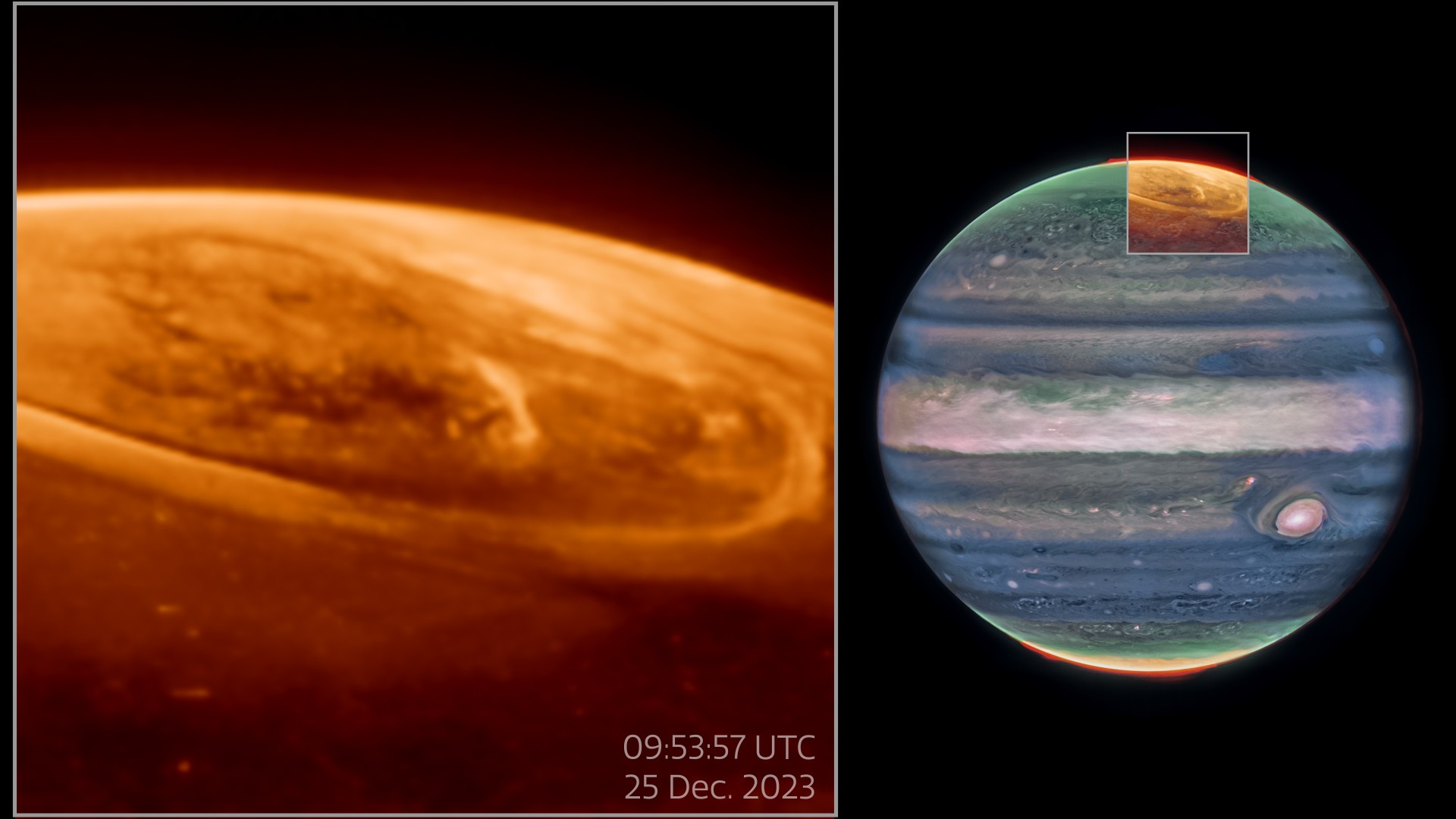
The James Webb Space Telescope has observed glowing auroras on Jupiter like never before. Scientists pointed the James Webb Space Telescope (JWST) at Jupiter on Dec. 25, 2023 and captured auroras adorning the gas giant’s north pole. Like the northern lights on Earth, Jupiter’s auroras are created when high-energy particles blown from the sun —…
-
Calling citizen scientists! Help NASA’s Galaxy Zoo classify galaxies seen by James Webb Space Telescope

NASA is seeking the public’s help to classify thousands of galaxies imaged by the James Webb Space Telescope (JWST). Through the citizen science project, called Galaxy Zoo (part of the Zooniverse platform), volunteers can help astronomers analyze over 500,000 JWST images to identify the shapes of galaxies and how they have changed over time. This,…
-
Space photo of the week: Bizarre 1-armed spiral galaxy stuns Hubble scientists

What it is: Arp 184 (NGC 1961) Where it is: 190 million light-years distant in the constellation Camelopardalis, the giraffe. When it was shared: April 29, 2025 Why it’s so special: What if a galaxy had only one spiral arm? Our solar system resides on the outskirts of one of the Milky Way galaxy’s estimated…
-
Space photo of the week: Bizarre 1-armed spiral galaxy stuns Hubble scientists

What it is: Arp 184 (NGC 1961) Where it is: 190 million light-years distant in the constellation Camelopardalis, the giraffe. When it was shared: April 29, 2025 Why it’s so special: What if a galaxy had only one spiral arm? Our solar system resides on the outskirts of one of the Milky Way galaxy’s estimated…